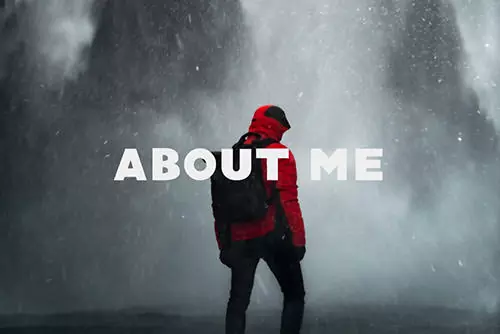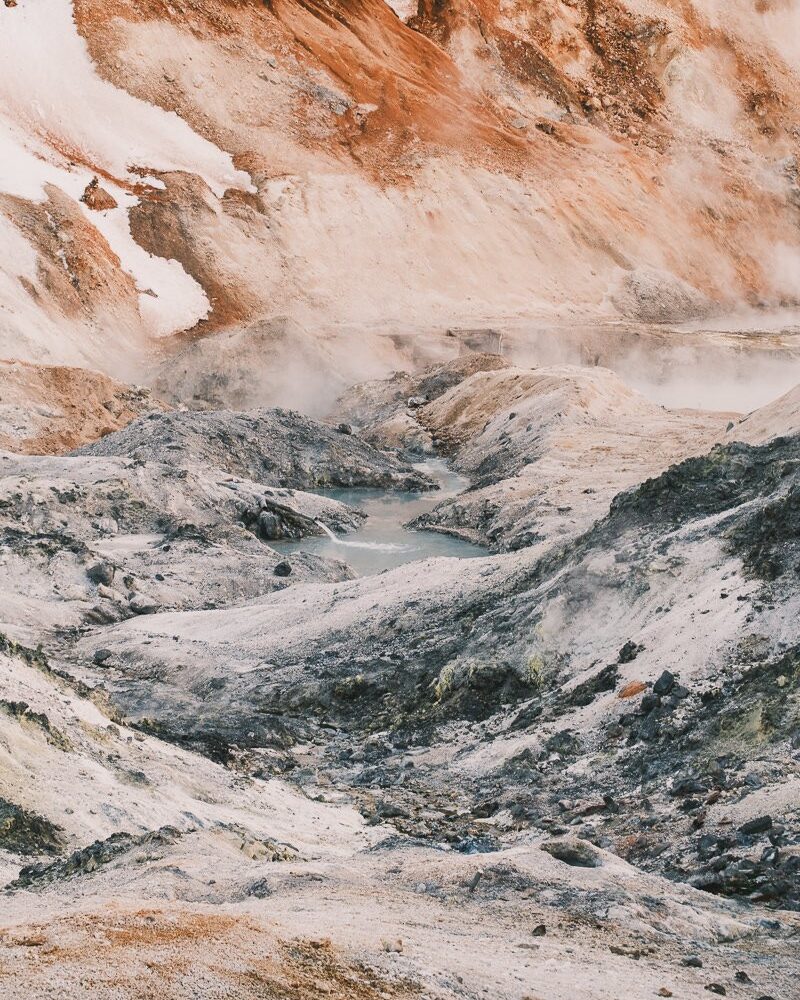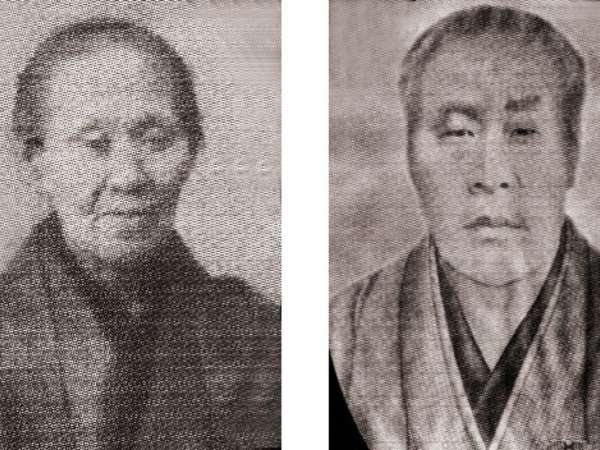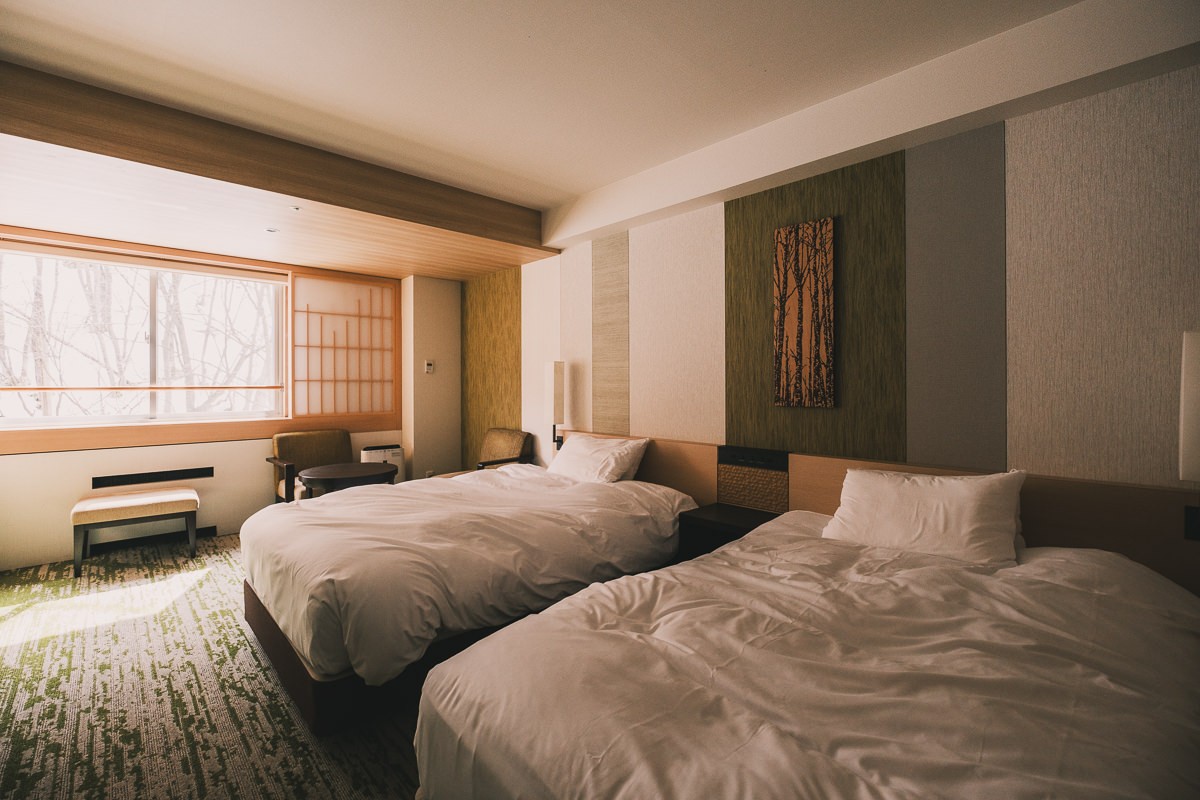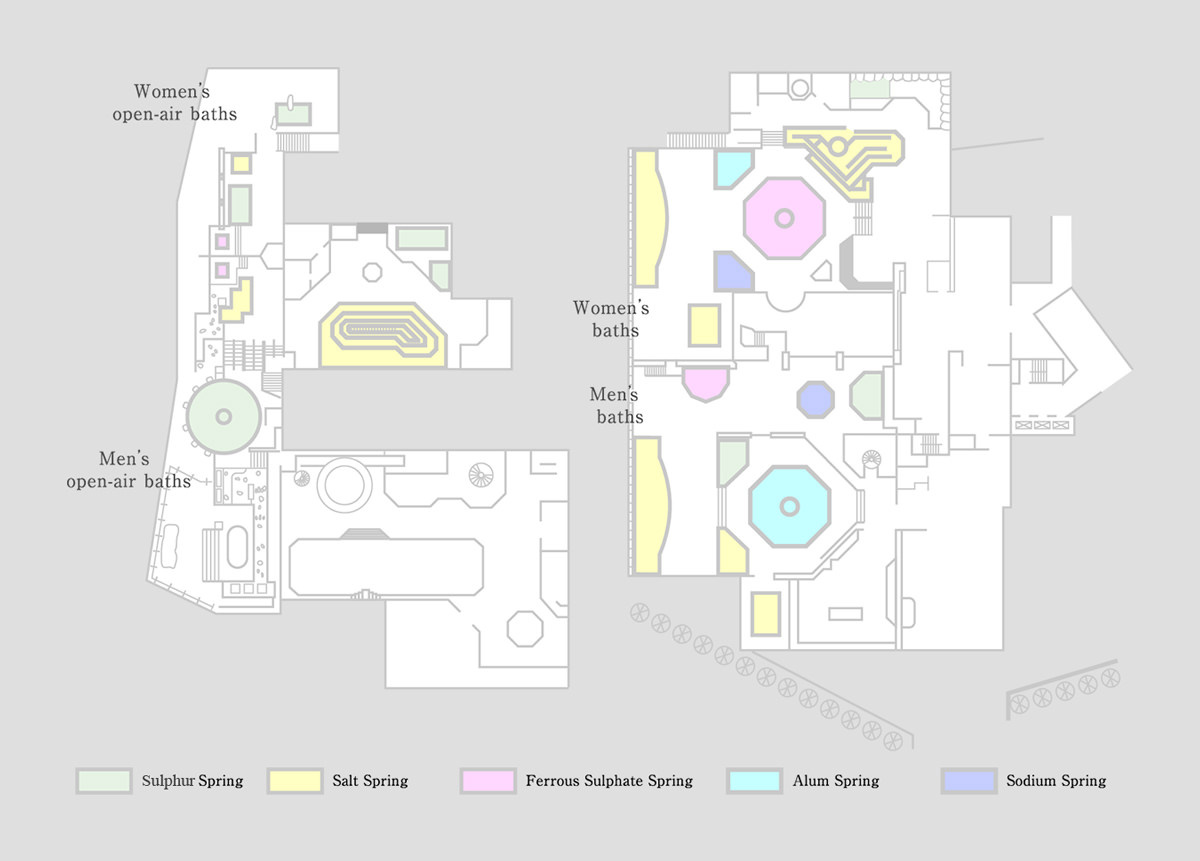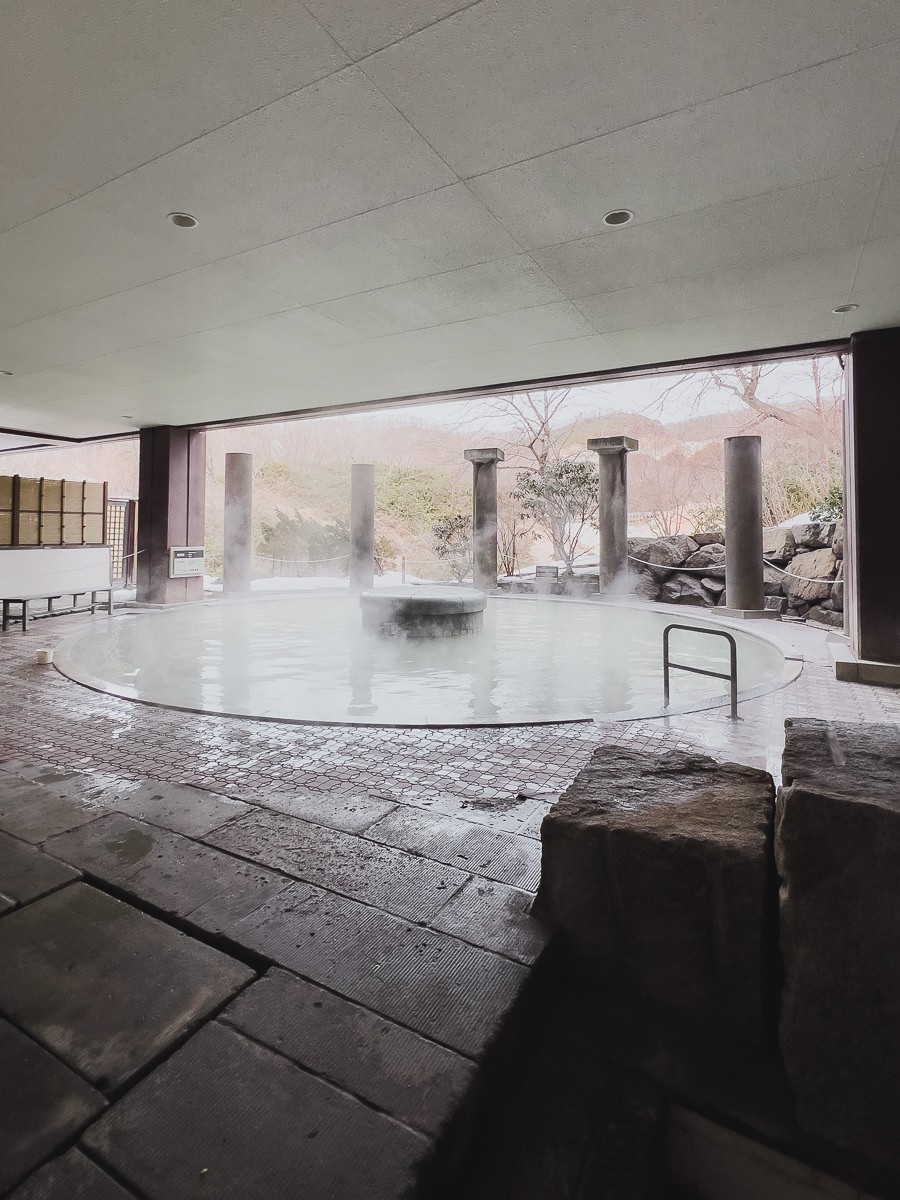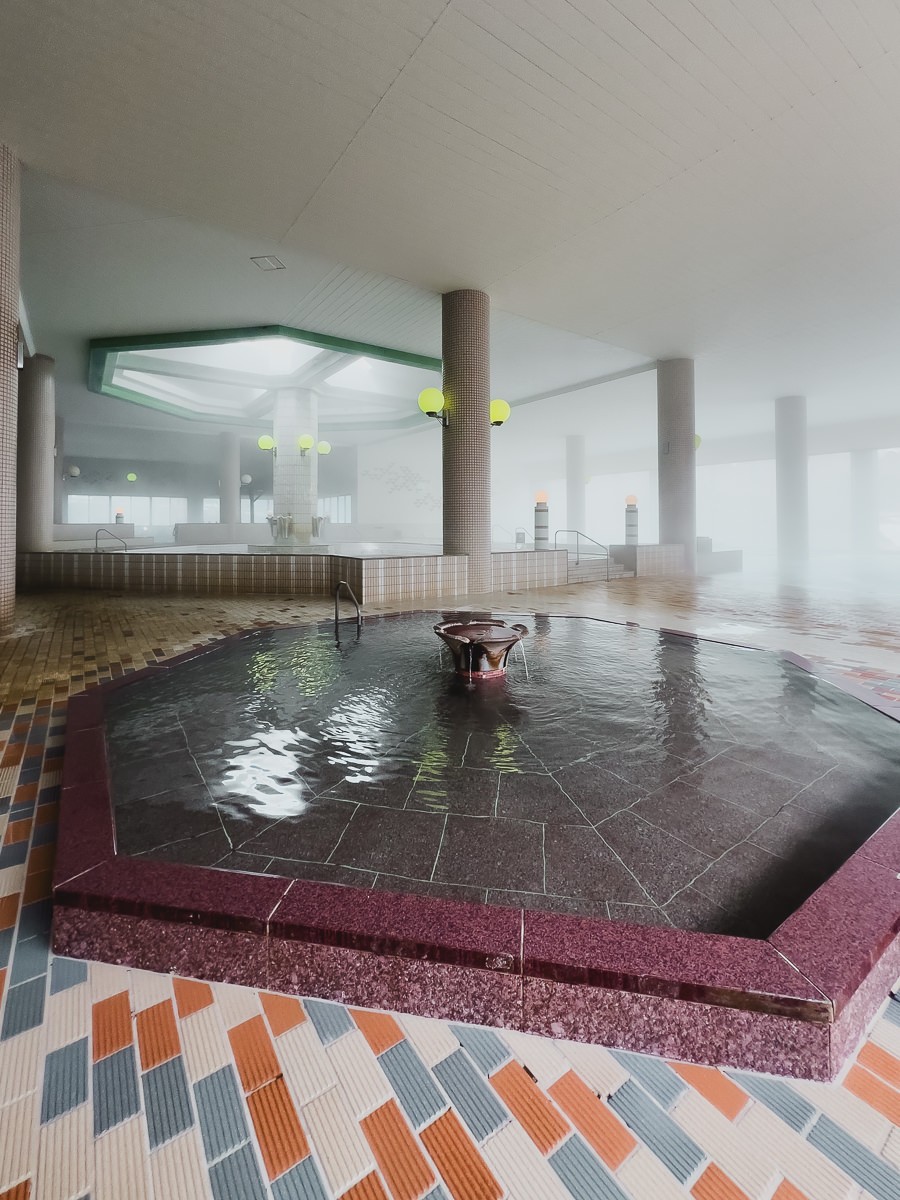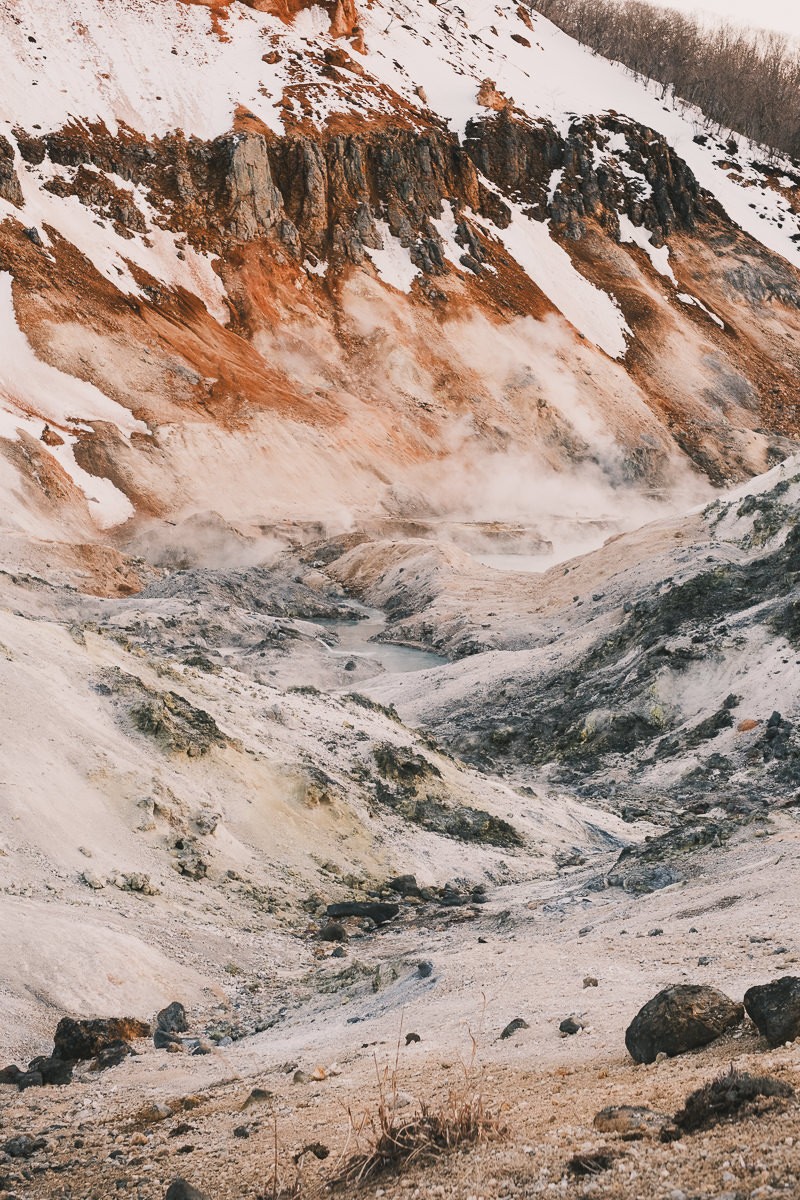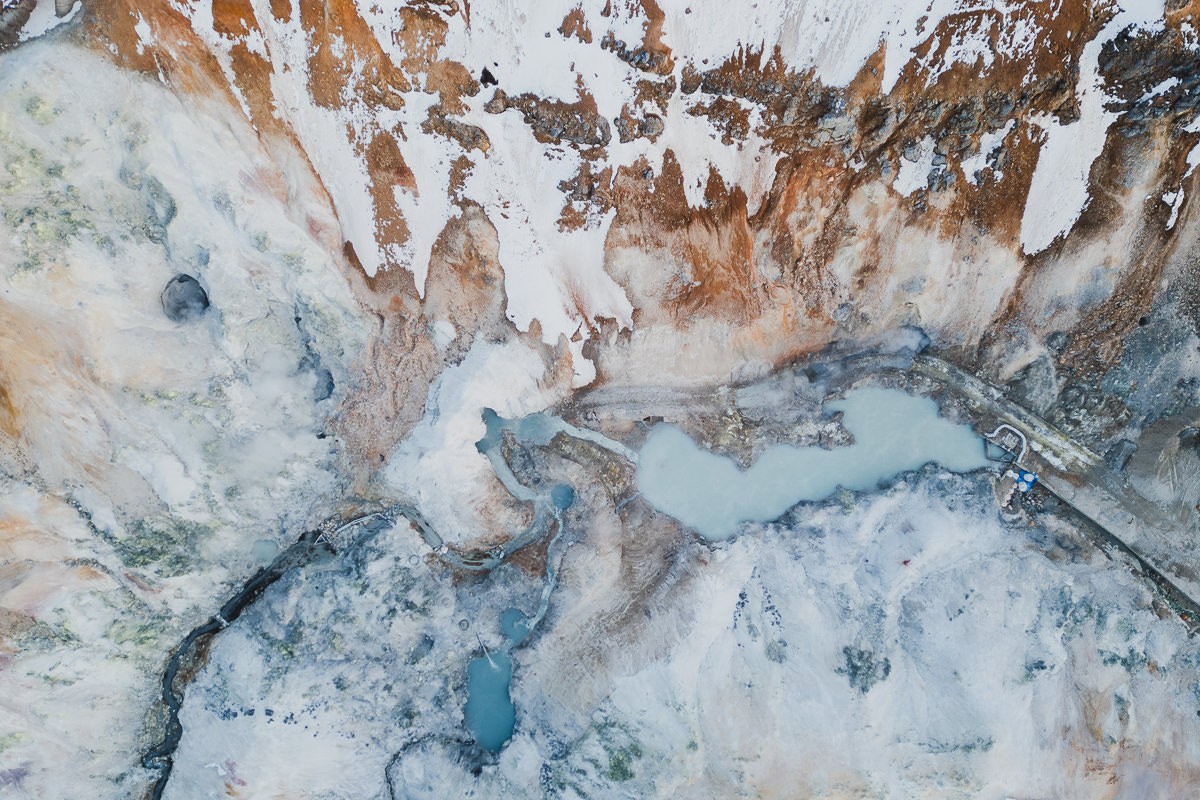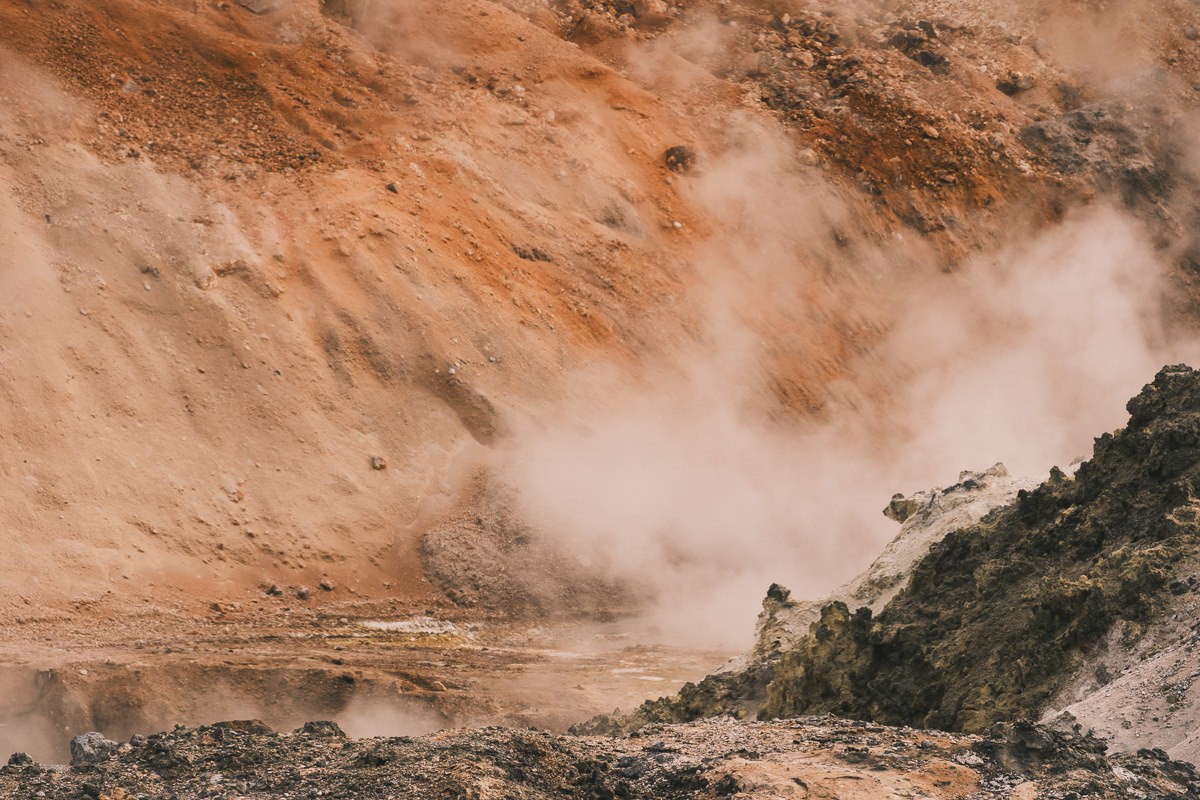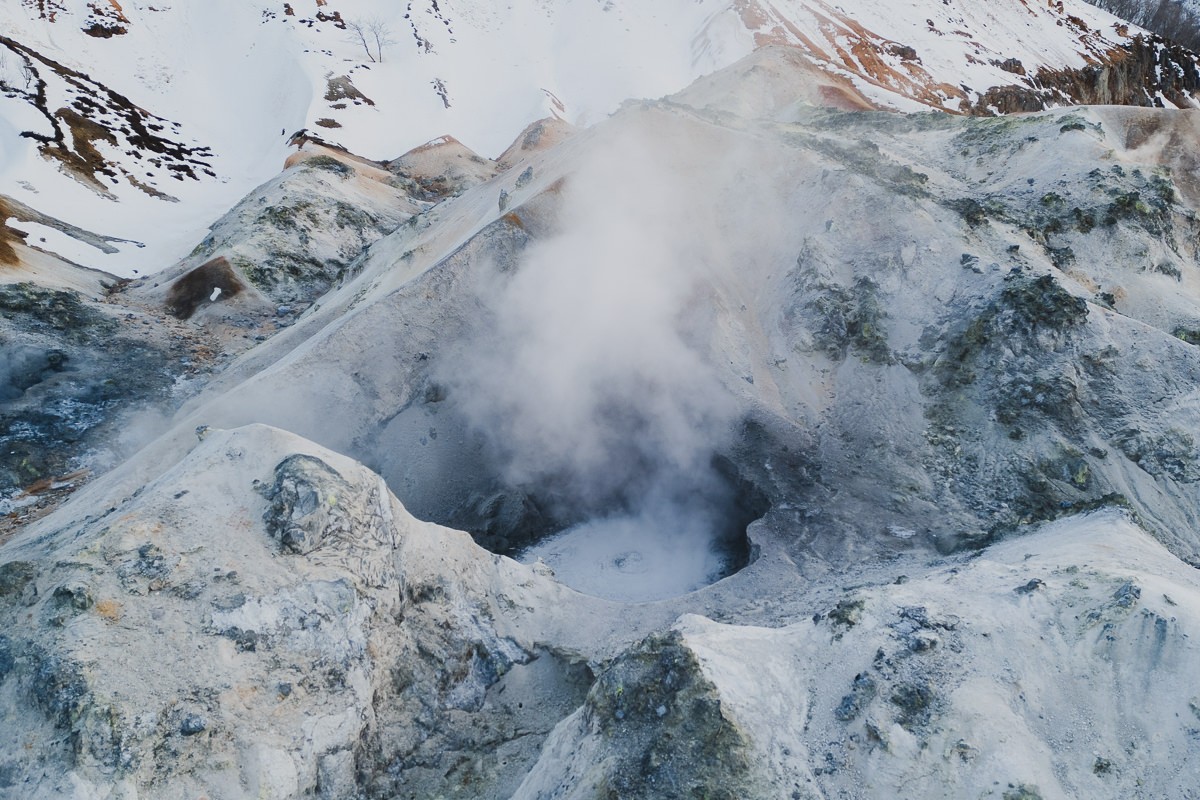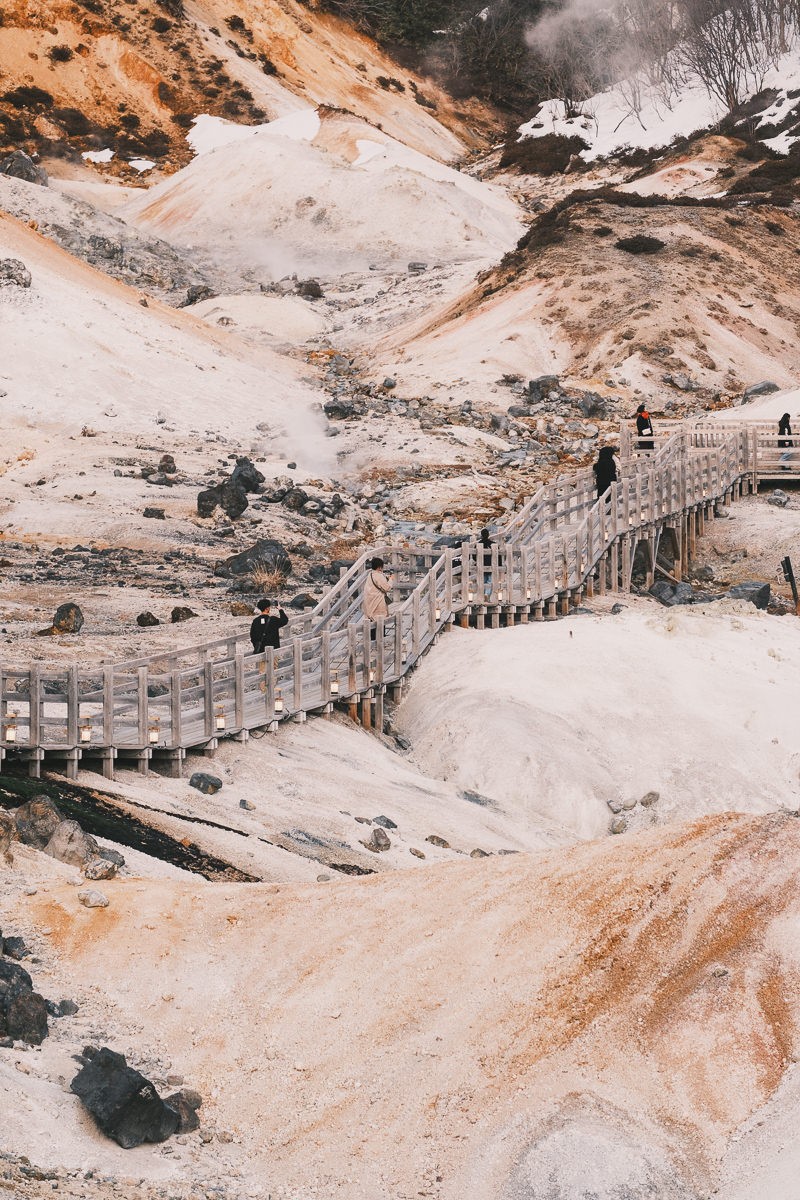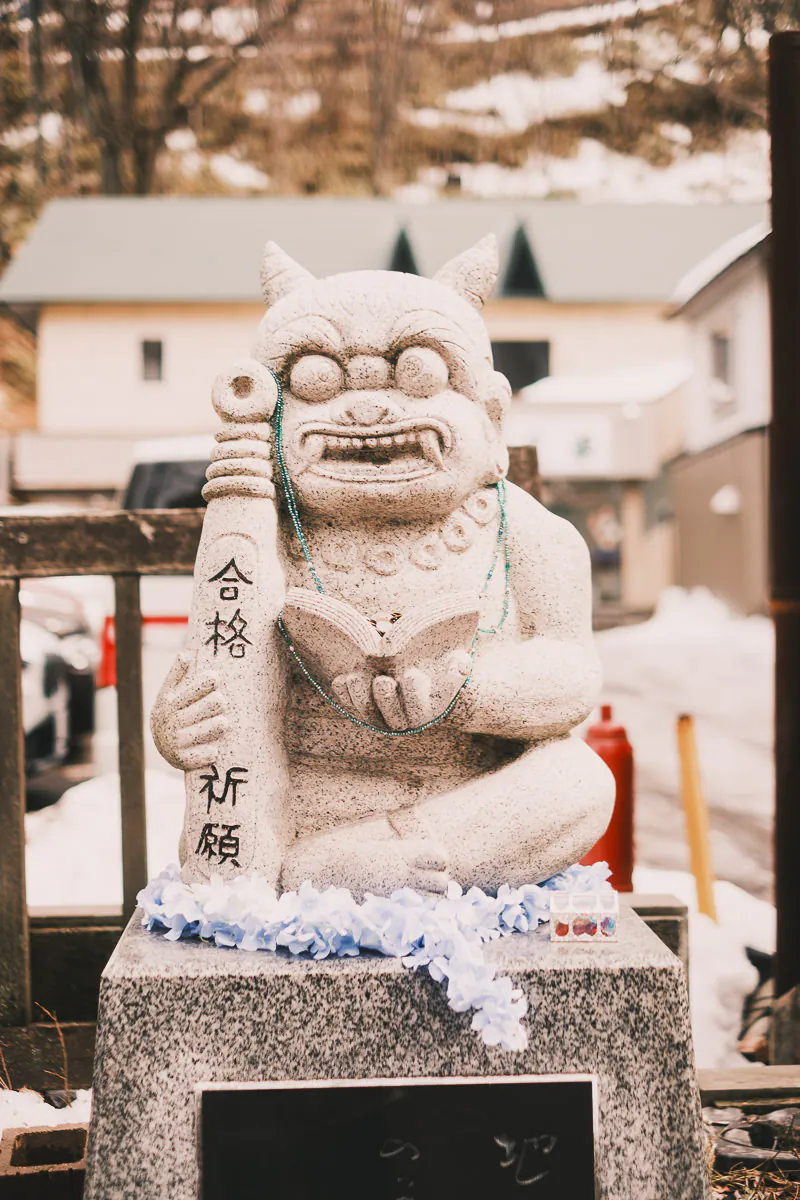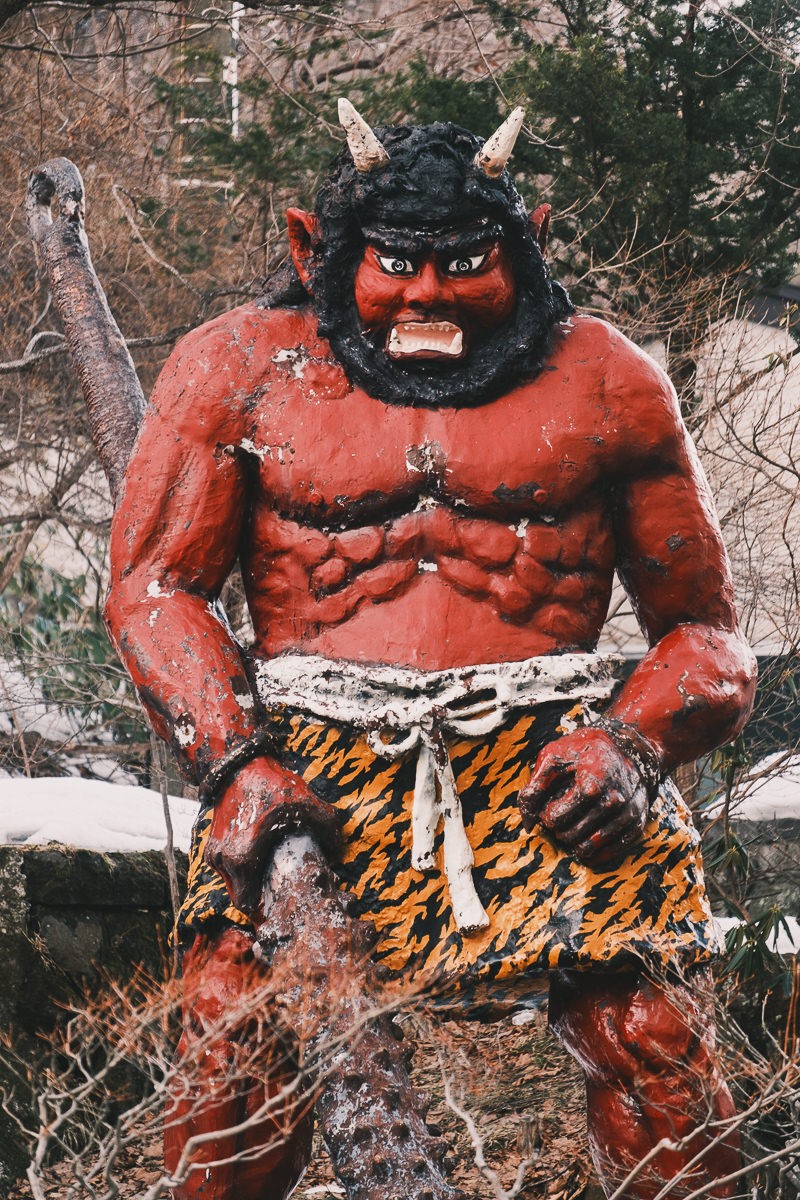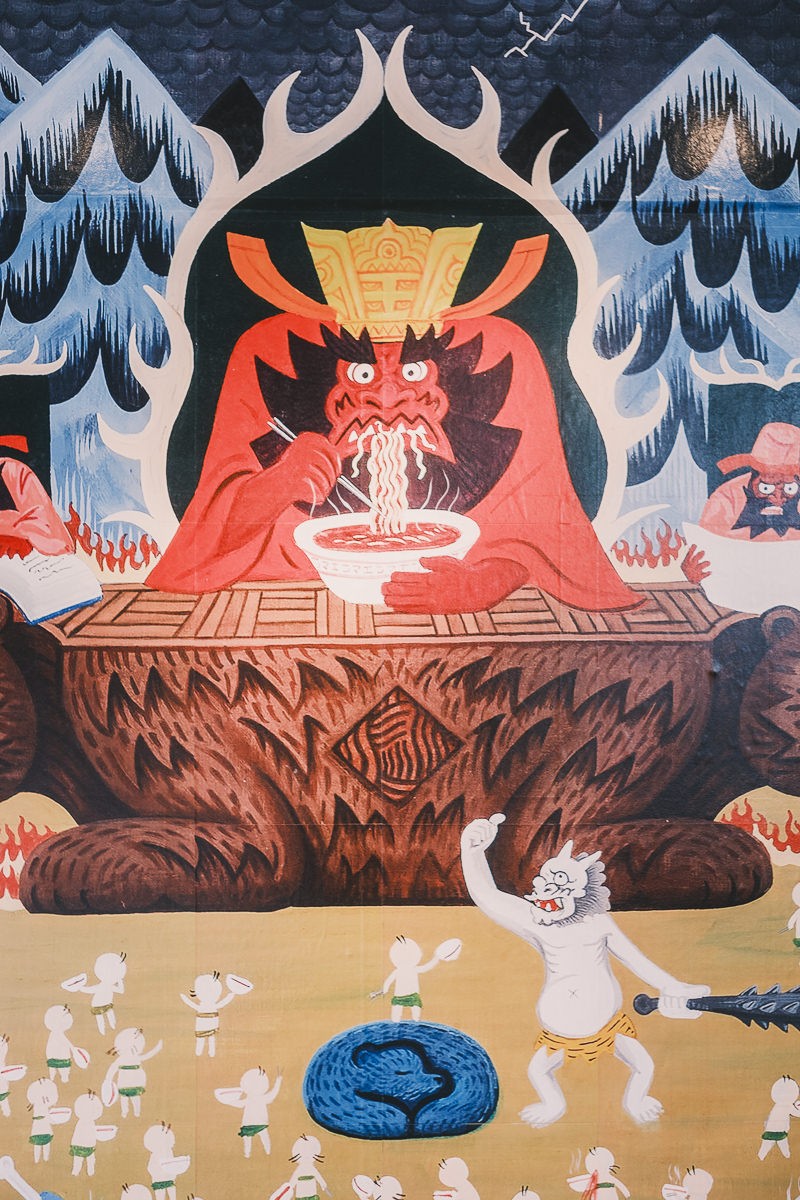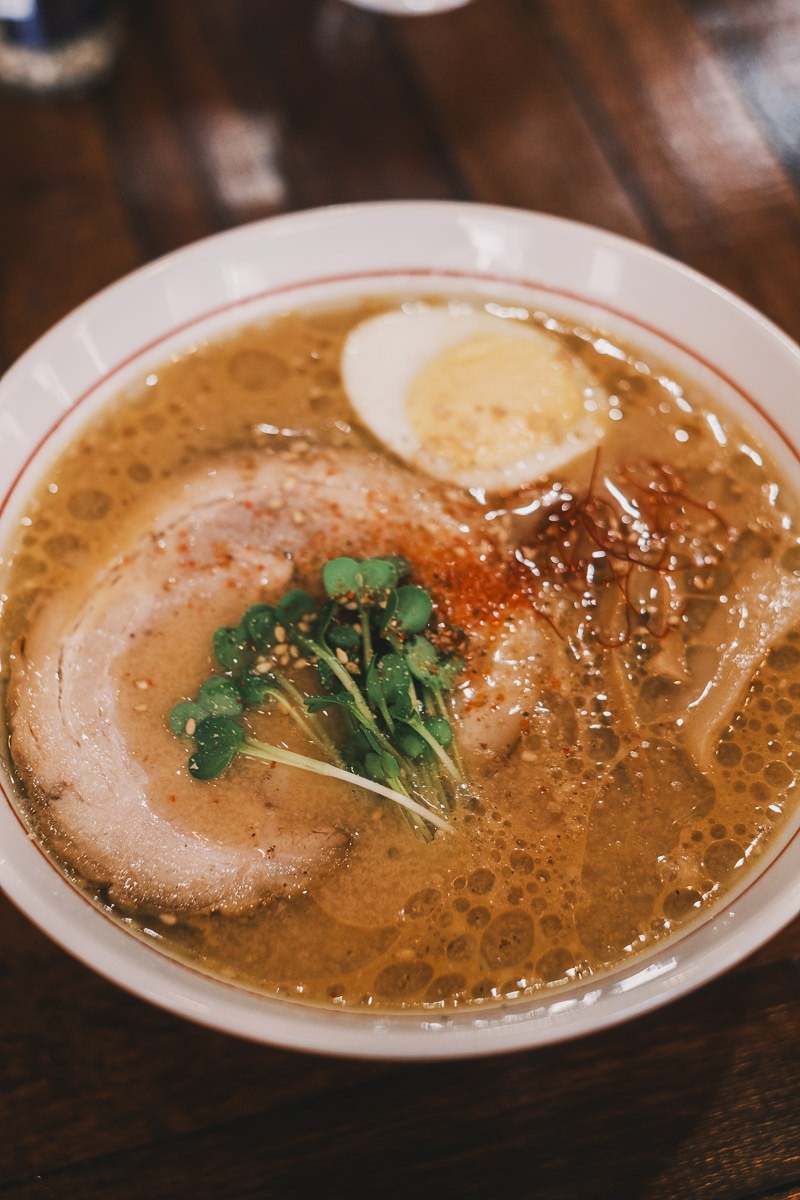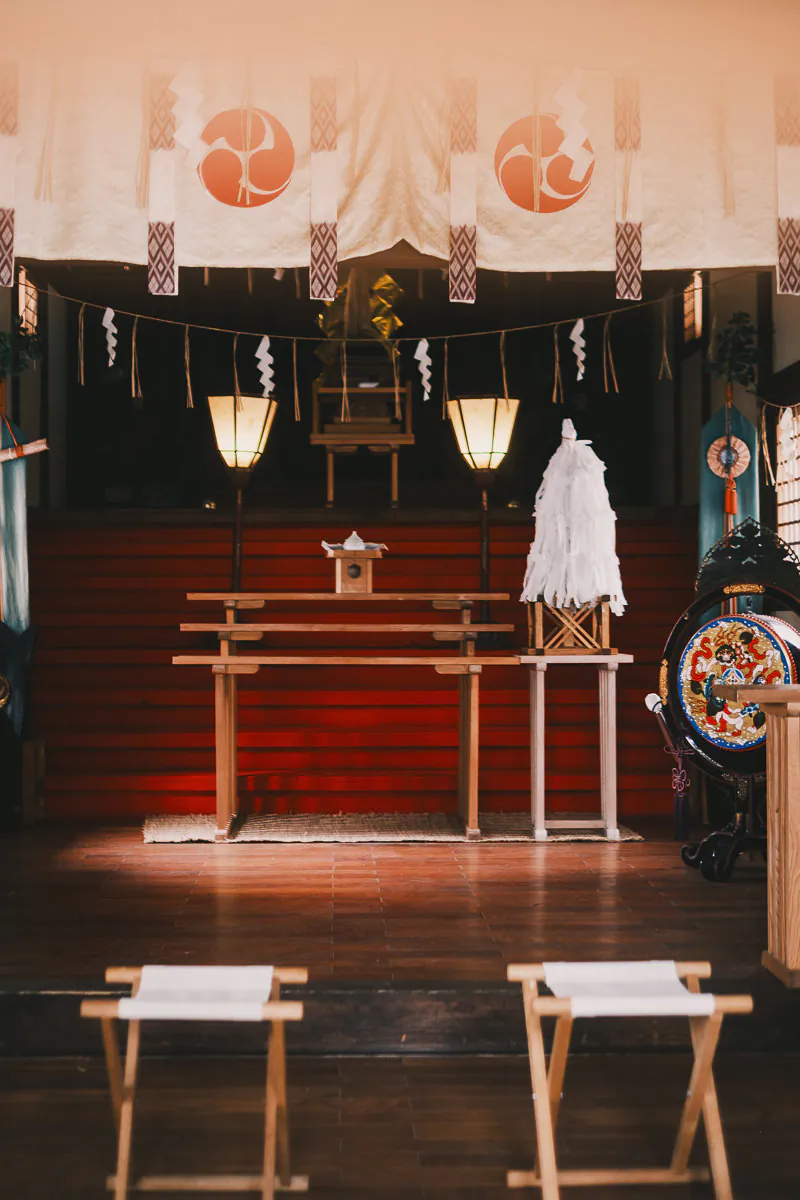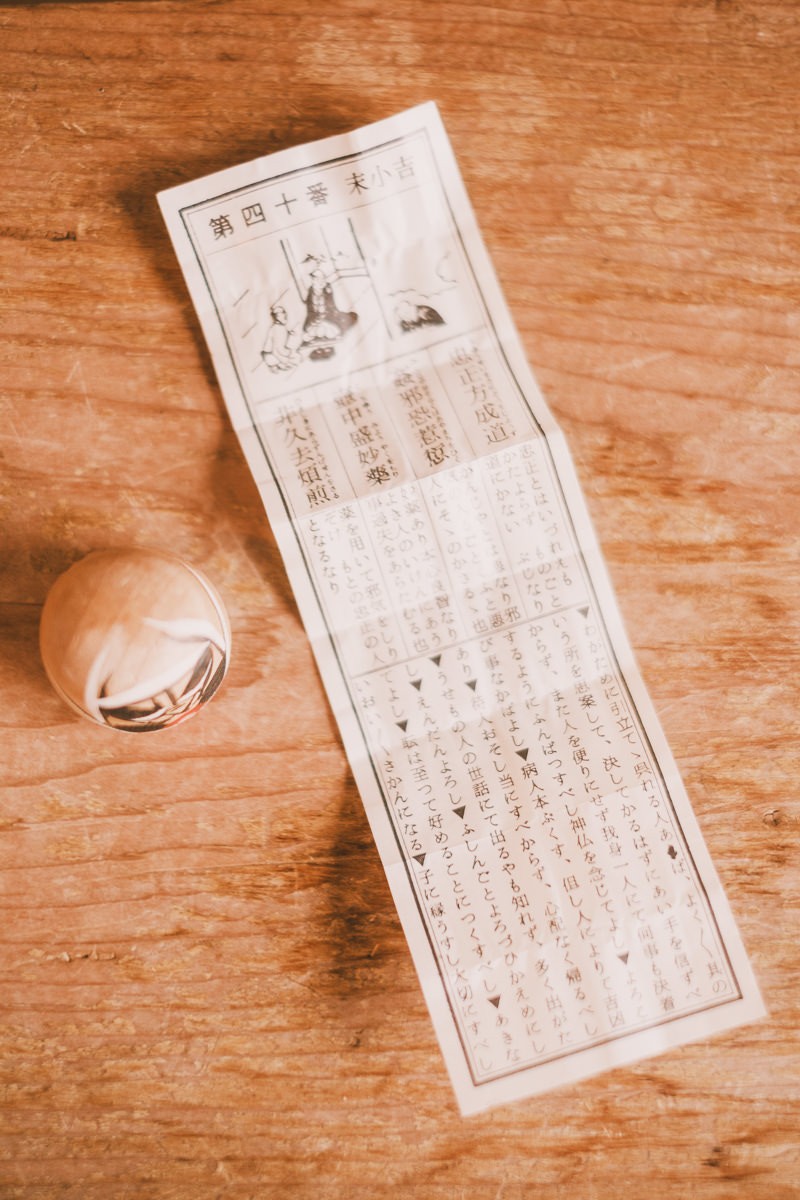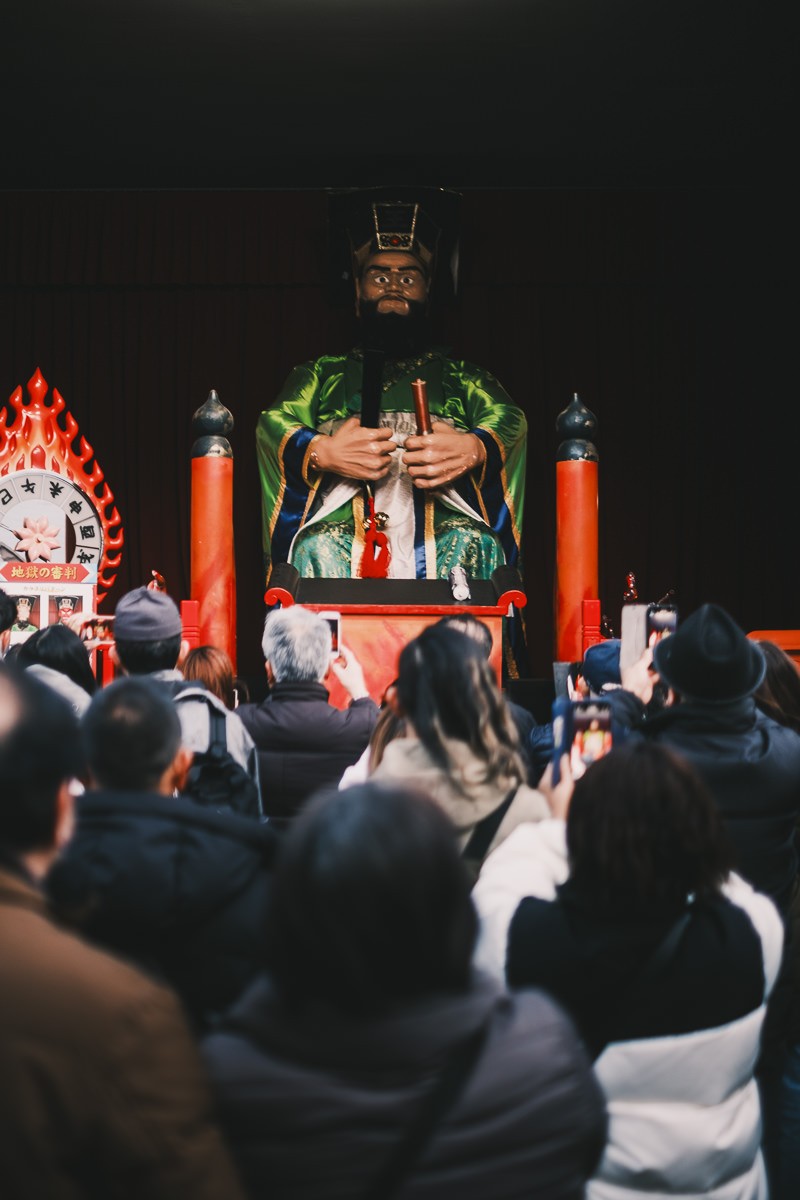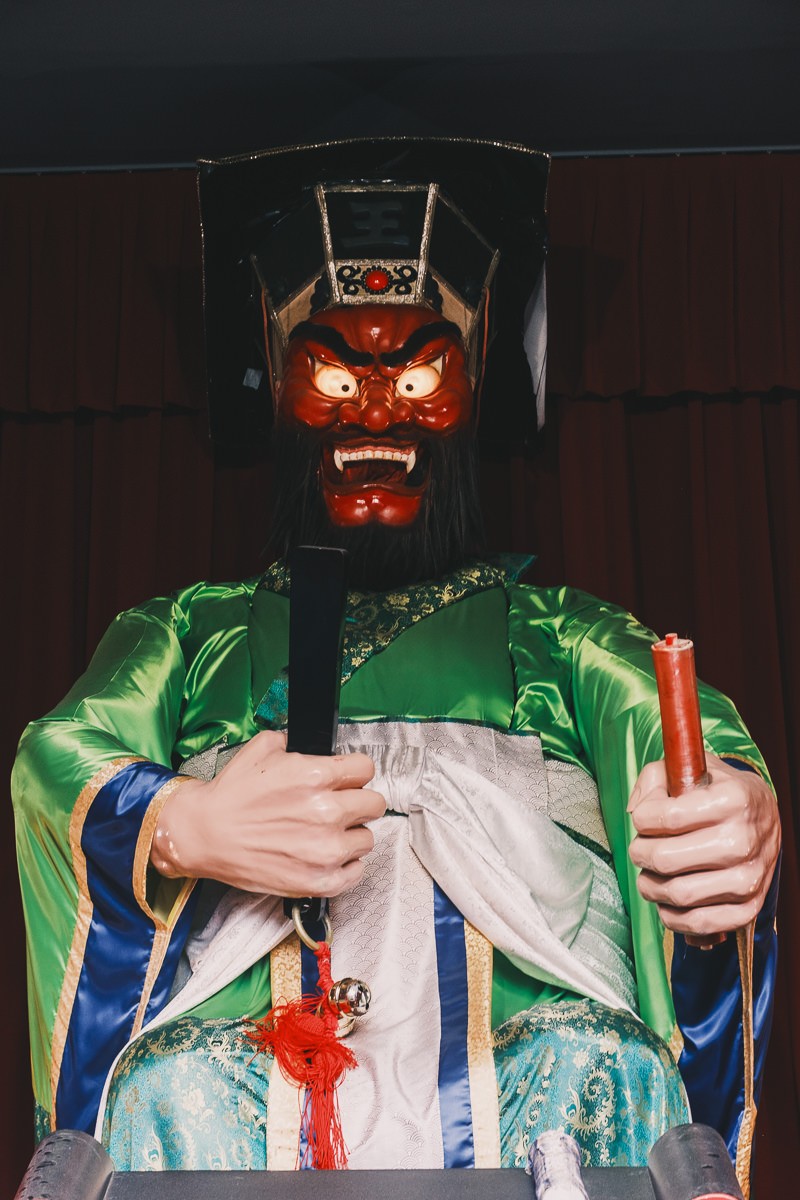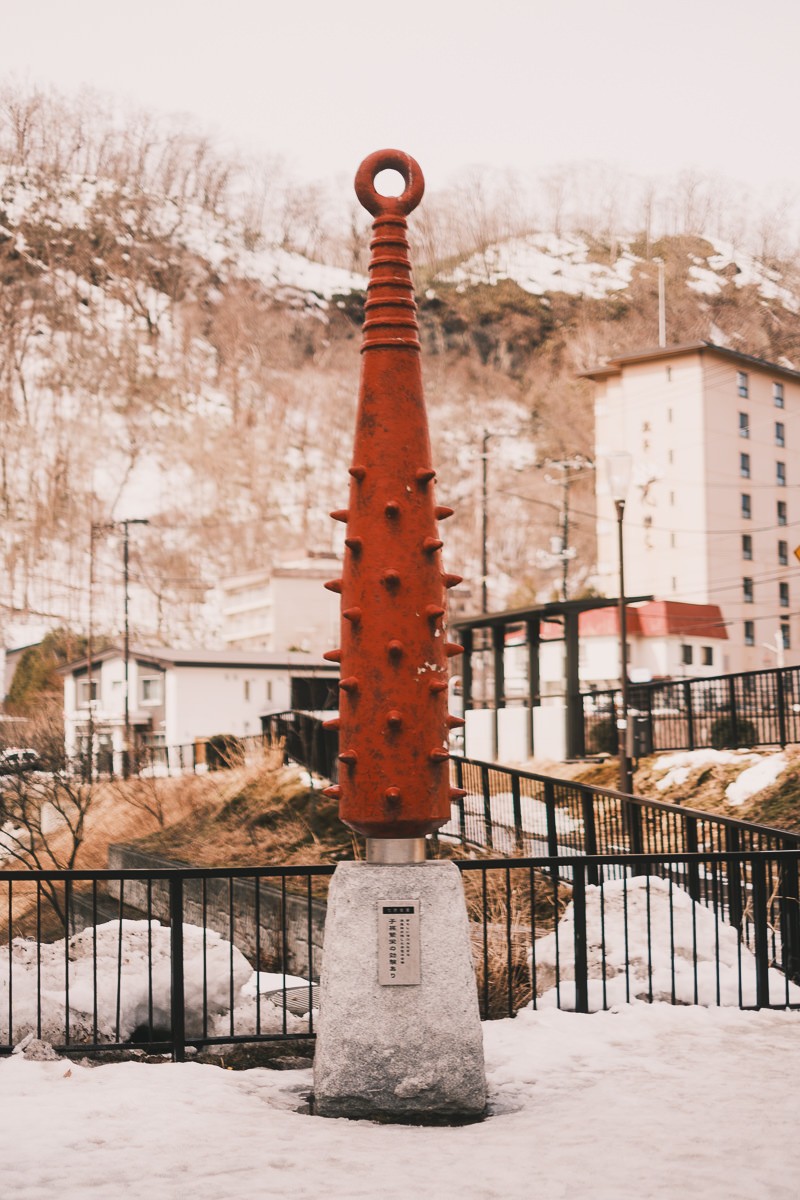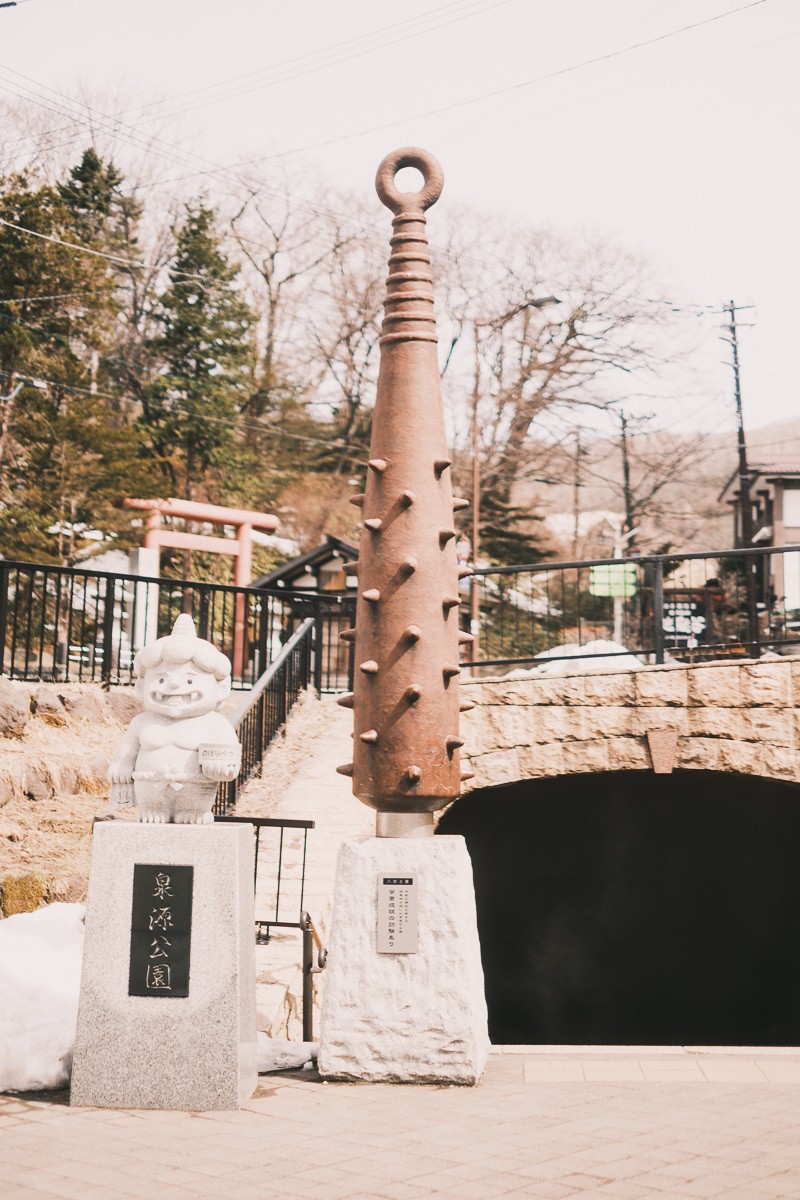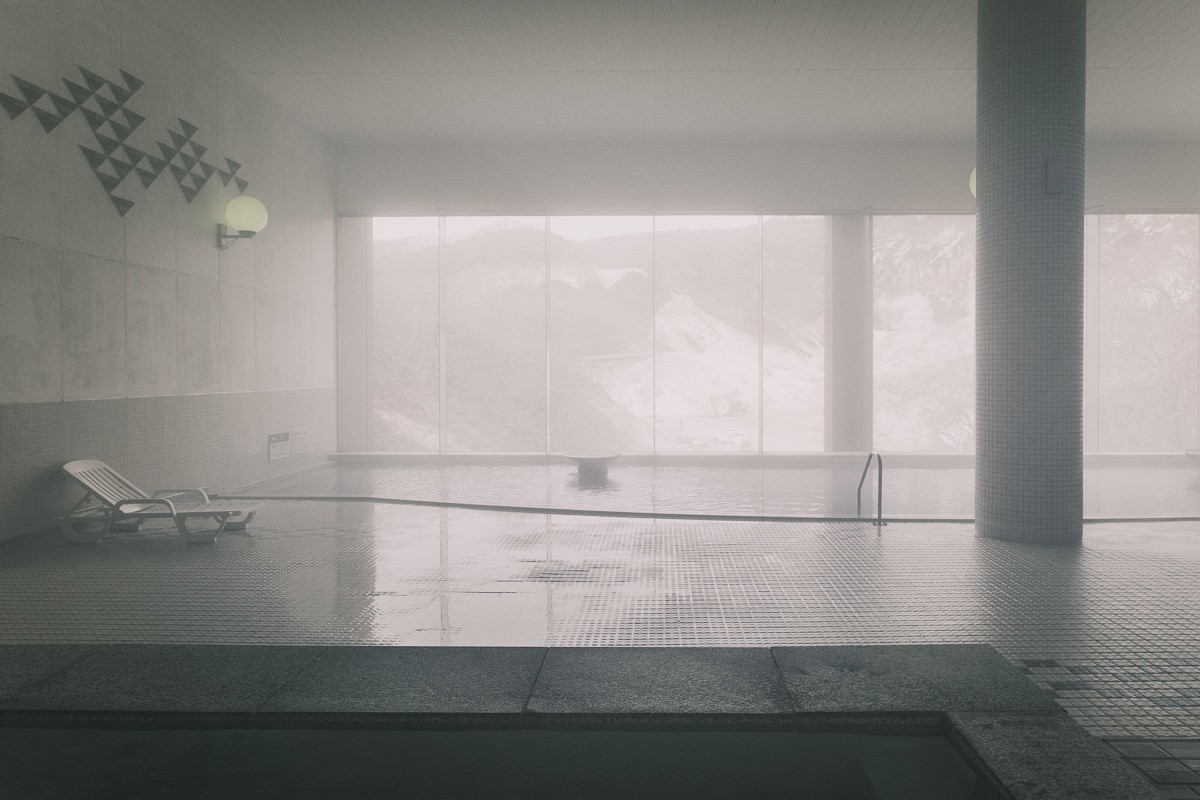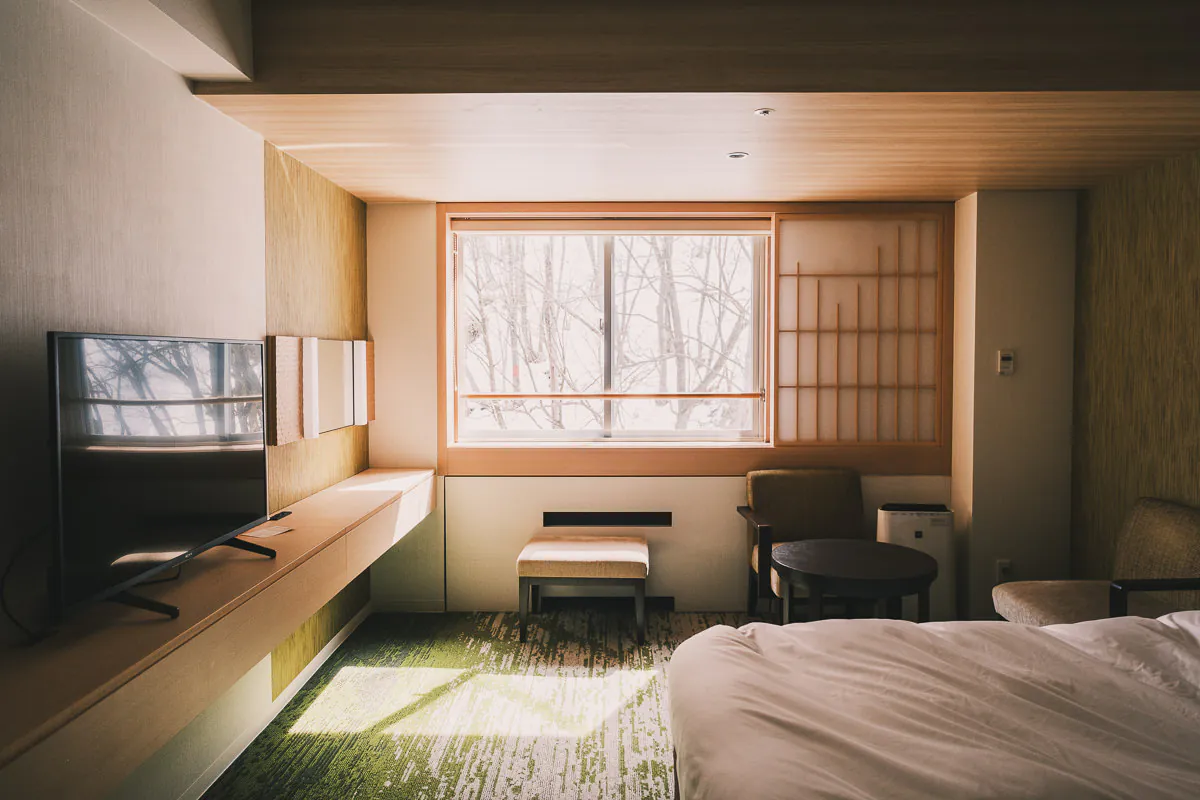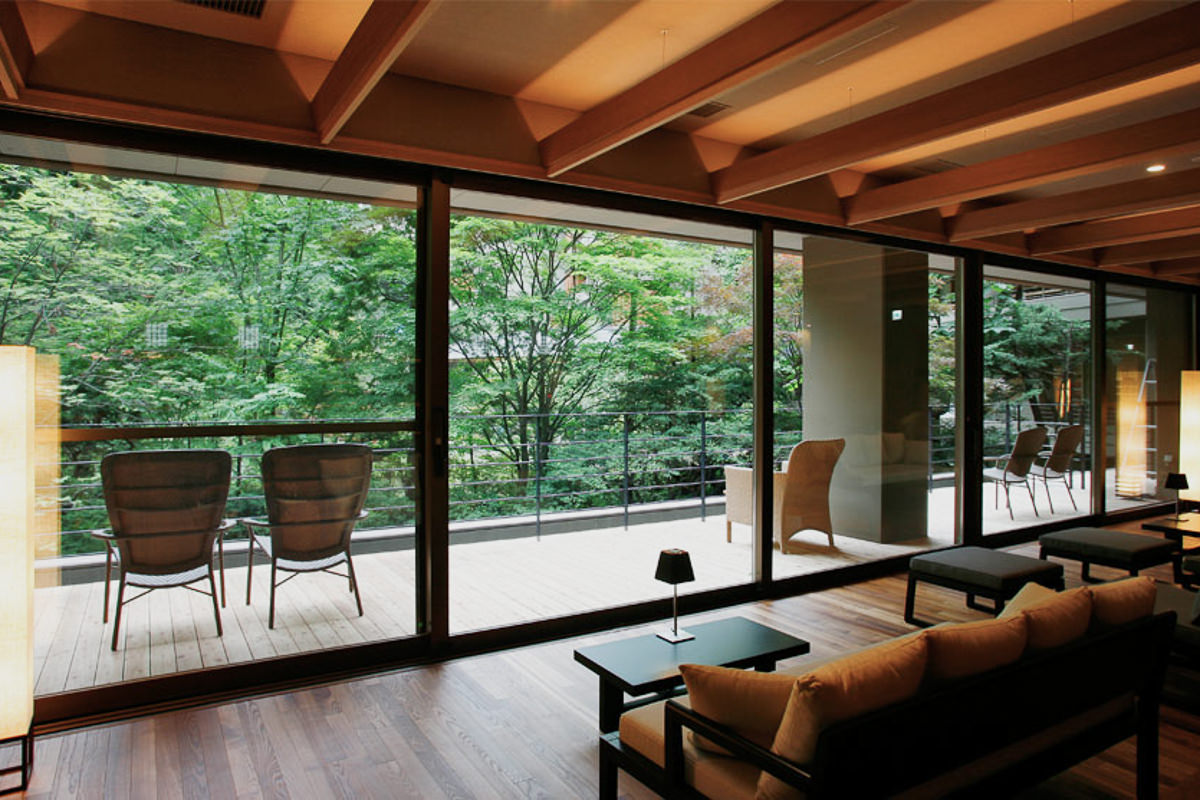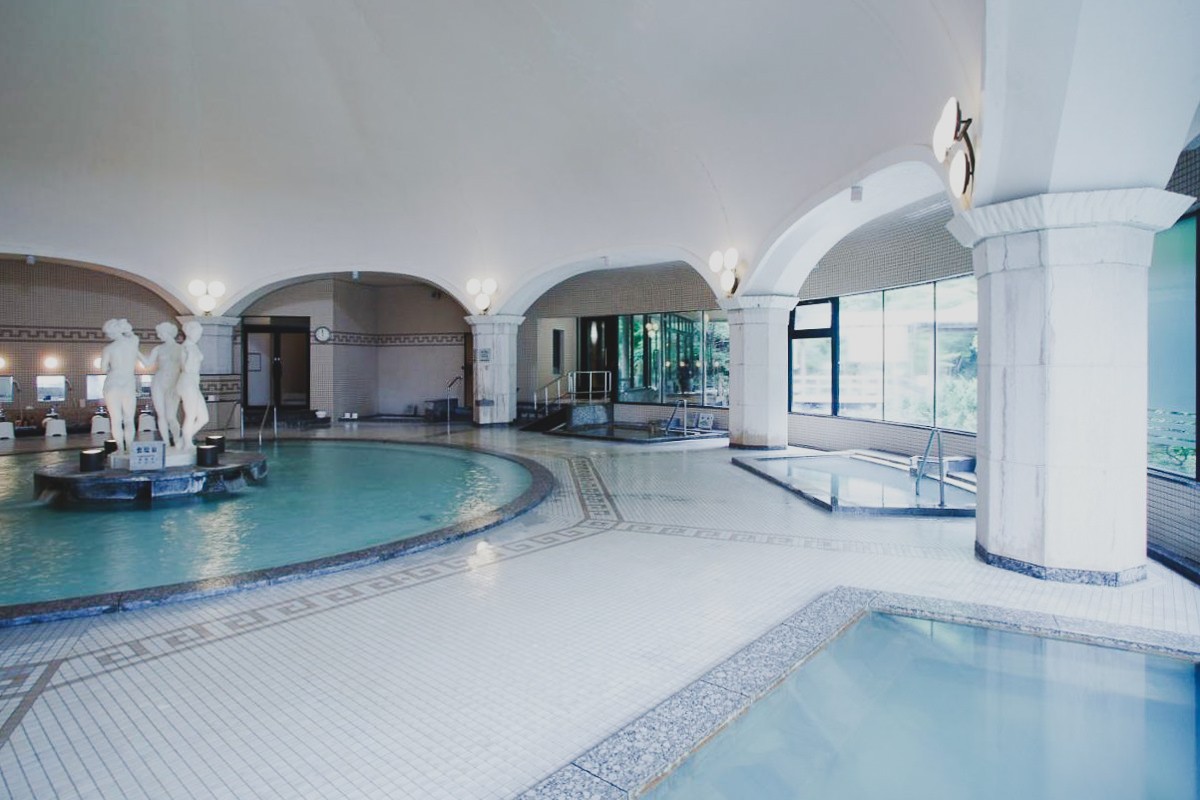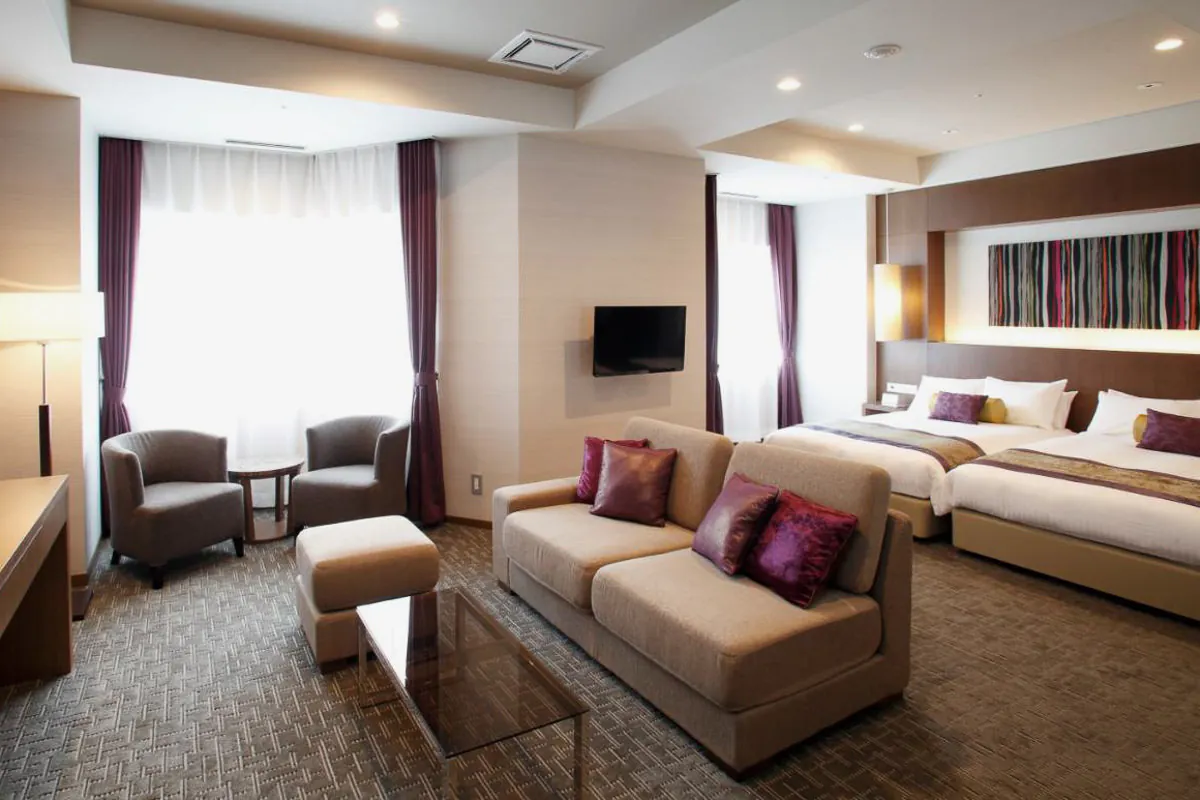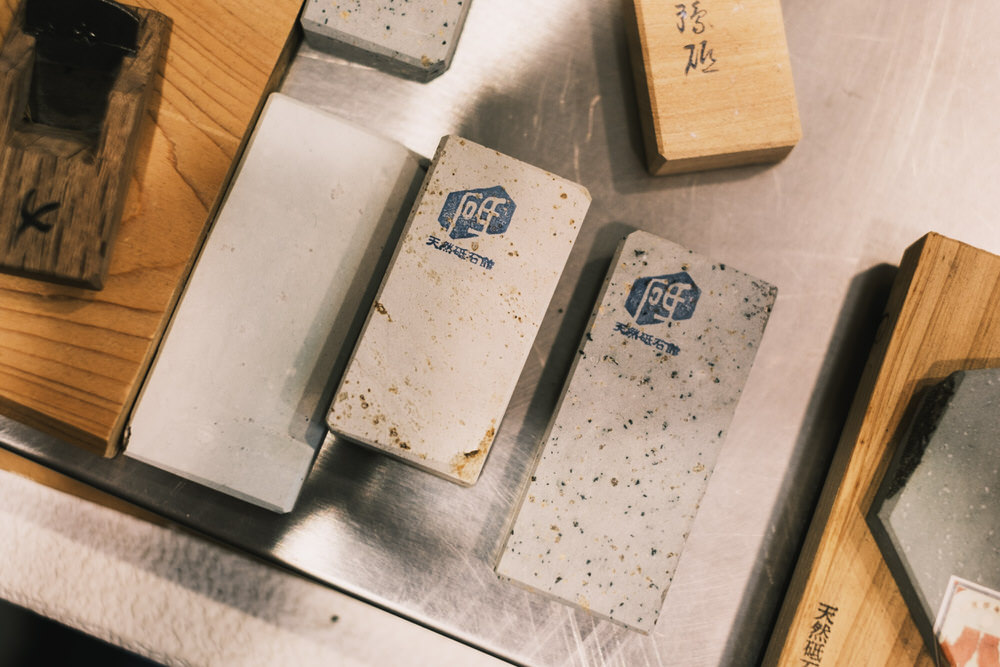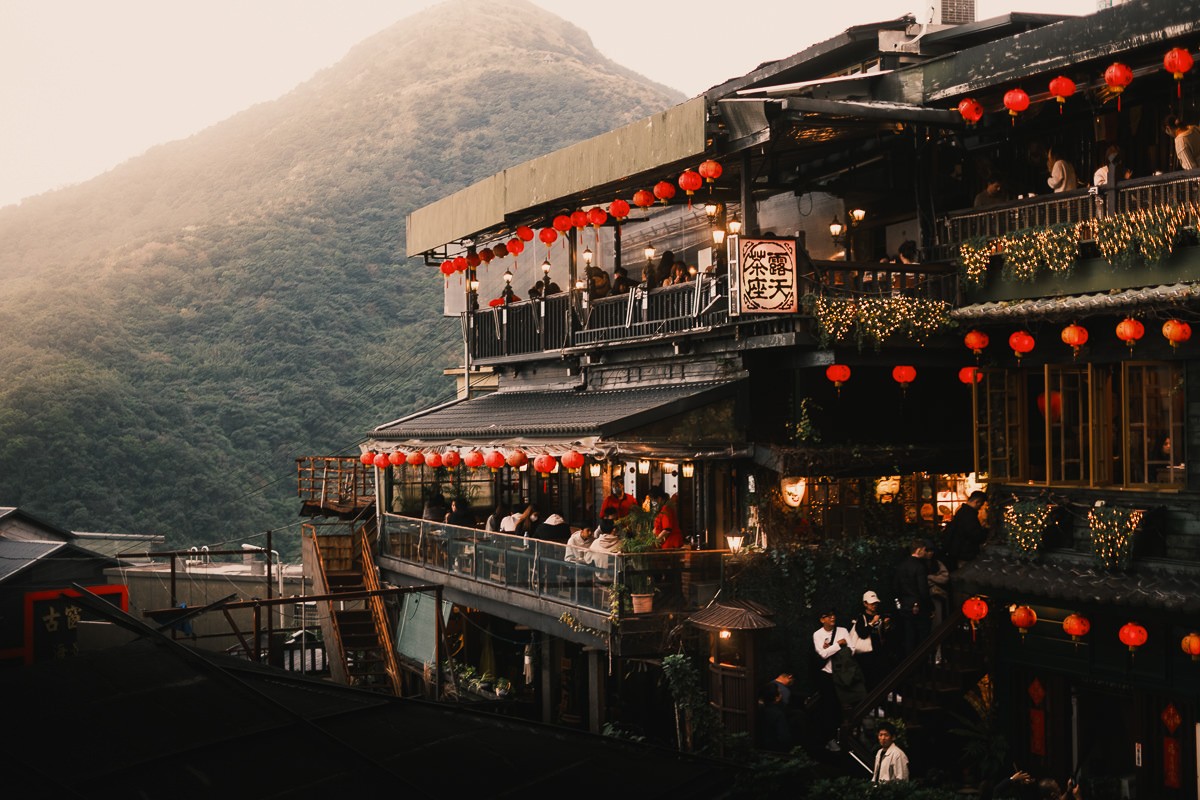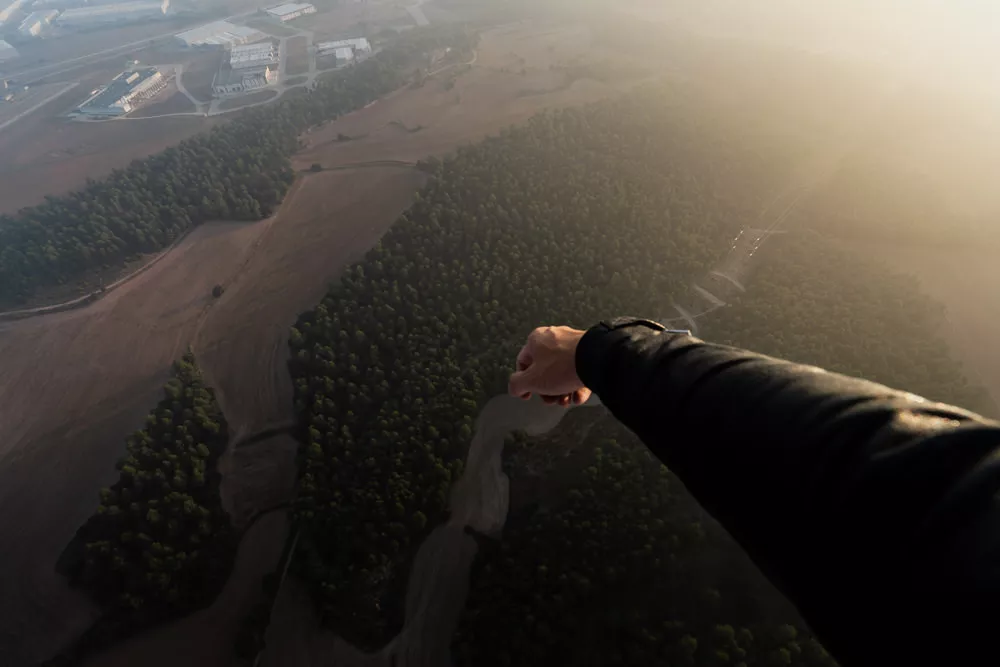Noboribetsu Onsen: The 2025 Companion Guide To Hokkaido’s Hell Valley
Noboribetsu Onsen: The 2025 Companion Guide To Hokkaido’s Hell Valley
On my latest trip to Japan, I traveled to Hokkaido and the northernmost parts of Honshu, in search of unique onsen (“hot springs”) bathing experiences. In Sapporo, I ventured out to Hoheikyo Onsen to bathe in a winter rotenburo (“outdoor bath”), surrounded by a snowy landscape. At Sukayu, in the Hakkoda Mountains, I experienced a traditional konyaku (“mixed gender”) onsen in a nearly 100-year old cypress building. That was an interesting experience.
Not far from Lake Toya, I heard of a place where sulfurous steam cover the ground and the air is filled with mischievous whispers of local demons. Here, the molten veins under the volcanic surface is the source of some of the Japan’s most therapeutic hot springs.
My onsen adventure would inevitably lead me to Noboribetsu and the famous Dai-ichi Takimotokan ryokan to bathe in its sulphuric healing waters flowing from the geysers of Jigokudani (“Hell Valley”).
Noboribetsu Onsen: A Story Of Love
The origin of Noboribetsu Onsen is a touching story of love and dedication. In the 1850s, a carpenter named Kinzo Takimoto moved with his wife, Sata, from Edo (present-day Tokyo) to Horobetsu, Hokkaido, for a construction job. When Sata began suffering from severe dermatosis, a painful skin condition, Kinzo sought desperately for a way to ease her suffering.
Upon hearing stories about the healing properties of a hot spring in Noboribetsu, Kinzo decided to investigate.
He forged a path through the rugged mountains to the harsh valley of Jigokudani. There, he built a small hut by the hot springs, hoping the waters could cure his wife’s ailment. Miraculously, after bathing in the hot springs, Sata’s condition began to improve, and she eventually recovered.
Realizing the potential of the hot springs, Kinzo opened the ONSEN Inn to share the healing waters with others. This humble establishment laid the foundation for what would become the town of Noboribetsu Onsen. Among its early visitors were workers from Mount Io, samurais stationed in nearby Shiraoi, and the indigenous Ainu people, who had known about the springs since the 13th century.
Over the years, Noboribetsu Onsen grew in popularity as a destination for healing and social gatherings. Today, the town attracts 2.8 million visitors annually, continuing the legacy started by Kinzo and Sata. In 1953, Kinzo’s descendants renamed the inn to Dai-ichi Takimotokan in his honor, preserving the history and heritage of this renowned hot spring destination.
This is where I would be staying to experience the town’s grandest baths and its healing waters.
The Dai-Ichi Takimotokan Experience
The bus from Noboribetsu drops off just outside the inn. Upon entering, it was immediately clear that Dai-ichi Takimotokan stands out in scale compared to many of the onsen ryokan I’ve stayed at.
This establishment felt more like a large hotel, and seeing the long line of guests checking in around 3 pm had me a little worried about how busy it might be. However, this concern was quickly alleviated, as the space inside was large enough to accommodate everyone comfortably.
Western Style Rooms
I’d already experienced the traditional Japanese-style tatami room at many different onsen, so I opted for a Western-style room with a standard bed. It was the best value among the different room options. The room itself was simple and comfortable with a beautiful view into the surrounding mountains.
A yukata (lightweight kimono) and haori (outer coat) are provided in the room with several size options at your disposal. I enjoyed wearing it around the hotel and town.
The Grand Bath at Dai-ichi Takimotokan
Besides being the original, Dai-ichi Takimotokan boasts the largest and most impressive baths in the town. The ryokan’s crown jewel, The Grand Bath, overlooks the magnificent Jigokudani Valley, offering a one-of-a-kind bathing experience for guests and visitors. The bath complex features 35 different baths fed by five of the nine unique hot spring sources in the town, each offering distinct therapeutic benefits.
Mineral Hot Springs Sources in The Grand Bath
- Sulfur Spring: Known for its high acidity, this spring is effective in treating chronic skin conditions such as psoriasis and dermatitis. It also promotes blood circulation and relieves hypertension.
- Alum Spring: This highly acidic spring is excellent for enhancing circulation and has historically been used to treat wounds and paralysis. It’s particularly effective in relieving dry skin.
- Ferrous Sulfate Spring: This spring is distinguished by its hydrogen sulfide content, which helps soften the skin and treat atopic dermatitis. It has a unique odor due to its high sulfur content.
- Salt Spring: Often called “heat baths” for their ability to warm the body, these springs stimulate circulation and keep you feeling warm long after bathing.
- Sodium Spring: Known as a “beauty bath,” the sodium bicarbonate in this spring emulsifies fats, softening and smoothing the skin.
I tried every bath several times, and while each one has its own specific properties, it’s hard to say exactly how effective each was. However, I thoroughly enjoyed the relaxing environment of the baths, the variety of temperatures, and the unique feel of the water.
After each session, I felt rejuvenated, and my skin felt smoother and softer. As for muscle recovery, I can attest that my body felt as good as new, especially considering I had completed a few heavy back-to-back workouts prior to coming here.
TIP: Remember that tattoos are not allowed in most public baths in Japan, with few exception. They are more lenient if you can cover up your tattoo with something like these special adhesive that are breathable and waterproof and can stay for days.
Rotenburo
The Grand Bath features both indoor and outdoor bathing options. I could not get enough of the expansive view from the indoor baths, but the outdoor rotenburo baths, with its sake service and nature beauty, was the highlight for me.
Cold Water Pool
Featuring natural water from Mt. Orofure, the cold pool is an essential part of the bathing experience. Alternating between hot and cold temperatures improves blood circulation and induces muscle recovery. The cold water pool is kept around 12°C.
There’s also a walking path downstairs that allows you to alternate between cold and hot water.
Swimming Pool Area And Sauna
For families, there’s a separate mixed-gender swimming pool area. It includes a 25-meter pool and water slides, making it a good option for family with kids. Proper swimwear is required in this area.
In both the men and women’s section, there are both dry and steam saunas.
From Heaven To Through Hell’s Valley
After a few blissful hours soaking in the hot springs at Dai-ichi Takimotokan, staring out at the mesmerizing view of Jigokudani, it was time to walk into Hell Valley. After all, this is the unique draw of this onsen town compared to all the rest in Japan.
The first thing that strikes you is the stark, almost alien landscape. The expanse is a mix of barren, rocky ground and lush greenery, creating a striking contrast. Walking along the boardwalks, you can see the vibrant colors of the mineral-rich earth – shades of red, yellow, and white, painting a surreal landscape. The steam rising from the vents creates an ethereal scene, especially as the sun begins to set.
The smell of sulfur is strong but not overwhelming, and it adds to the sense of stepping into another world. It’s easy to see why this place is called Hell Valley; it feels both foreboding and fascinating at the same time.
As a photographer, it was initially a bit overwhelming. I zoomed out wide, I pulled in tight – everything just looked so good. When I thought I had the shot, the light got better. From time to time, I had to remind myself to put the camera away to just enjoy the view, but the photographic FOMO was strong.
My advice is to use the steam vents as your “subject” and frame the landscape around the curves of the terrain. Sunset was an amazing time to be out, and when the sun had dropped below the horizon, the atmosphere changed once more.
The Trails
There are several trails in Jigokudani. The main trail along the well-maintained boardwalk is suitable for everyone. It takes you past some of the most active geothermal spots, where you can feel the heat emanating from the ground and hear the constant bubbling and hissing of the springs. There are detours up and down to different view points, worth taking.
For the more adventurous, there are longer trails that lead to even more spectacular views. When it’s open, the trail to Oyunuma Pond, a large sulfuric pond with milky blue water is a must-do for its beautiful and slightly eerie setting. The nearby Oyunumagawa hot river is offers a natural foot bath, and a unique way to experience the therapeutic benefits of the hot springs out in nature.
7 Things To Do In Noboribetsu When You’re Done Bathing
You come to Noboribetsu Onsen to bathe, but it is more than just a hot spring destination. Here are some recommendations for things to do, along with my thoughts on whether each activity is worth your time.
1. Jigokudani (Hell Valley)
Jigokudani is the obvious must-do attraction when visiting Noboribetsu. It’s called Hell Valley because of the jagged terrain and steam rising from the ground resembling the Japanese culture’s depiction of the underworld.
This geothermal wonderland is filled with steaming vents, bubbling hot springs, and sulfurous streams, creating an otherworldly landscape that is both fascinating and eerie.
Bring your camera or get your phones ready – the boardwalks offer stunning, up close views and photo opportunities right through the valley. The raw beauty and geological features alone make the visit to Noboribetsu Onsen worthwhile.
2. Demon Hunting
Scattered around Noboribetsu are numerous statues and statuettes of oni (Japanese demons), paying homage to the legend of the town’s hot springs. Finding these demons is a random and whimsical way to explore Noboribetsu. How many can you find?
A perfect activity for families, but really it’s for everyone. This activity is definitely worth doing, especially if you enjoy quirky and unique local traditions.
3. Oyunuma Pond and Foot Baths
Oyunuma Pond is a stunning sulfuric pond with a unique milky appearance, located further on from Jigokudani. The nearby Oyunumagawa foot baths are a nice and peaceful reward for your efforts in getting here.
A contemplative feet soaking in the warm, mineral-rich waters is so nice after a hike. Definitely worth doing.
Directions: From Noboribetsu Onsen, follow the trail towards Hell Valley and then take the fork towards Oyunuma Pond. It’s about a 20-30 minute walk along a scenic path.
Keep in mind that some trails may be closed during winter months, so plan accordingly.
4. Noboribetsu Bear Park
The Noboribetsu Bear Park is small theme park in the mountains that offers a chance to see Hokkaido’s iconic brown bears up close. Accessible by ropeway (included in the ticket), the park provides educational exhibits and interactive experiences, such as feeding the bears.
While it’s a popular destination, if you are uncomfortable with the idea of animals in captivity, you might want to skip this attraction. If you enjoy wildlife and want to learn more about these magnificent creatures, it’s a worthwhile visit, especially for families.
Tickets: Adults 2,600 yen, Children 1,300 yen.
5. Local Dining
A kaiseki dinner is a must, but for breakfast and lunch, Noboribetsu has quite a few options featuring Hokkaido’s local ingredients and specialties. Onsen eggs cooked in hot spring waters are a must, and well as exploring the local cuisine. Here are a couple of my recommendations:
Enmaken Ramen: Famous for its rich, flavorful ramen, this spot is a favorite among locals and visitors alike. Perfect for warming up after visiting Jigokudani.
Daiou Curry Ramen Shop: Known for its unique curry ramen combo.
Fukuan Soba: Local soba dishes, perfect for a light meal.
6. Yuzawa Shrine
A stop at the Yuzawa Shrine offers a peaceful respite from the town. It’s only a short walk up the stairs across from Dai-ichi Takimotokan. It’s a local place of worship, so offer your prayers and make a wish. There’s a small shop next door where you can buy a cute painted Daruma doll, for good luck and fortune.
7. Enmado Animatronic Show
Last, but not least is the Enmado animatronic show right in the middle of town. This animatronic show features Enma, the King of Hell, delivering a theatrical performance complete with a special effects face swap. The show happens several times a day and is located in the heart of Noboribetsu Onsen.
It’s a bit of a kitschy experience, but that’s part of the charm of being in Noboribetsu. It’s definitely worth 5 minutes of your time to enjoy a free quirky attraction.
Showtimes: The show typically runs at 10:00 am, 11:00 am, 1:00 pm, 3:00 pm, 5:00 pm and 9:00 pm daily.
8. Sengen Park Geysers
Sengen Park is home to impressive geysers that shoot hot water and steam high into the air. These natural geysers erupt approximately every three hours, creating a spectacular display of geothermal power.
Located near the main onsen street, it’s an easy and worthwhile stop to add to your itinerary. Watching the geysers erupt is a mesmerizing experience and provides a great opportunity for some unique photos.
Showtimes: The geysers erupt roughly every three hours.
Where To Stay: Best Ryokans in Noboribetsu
When it comes to experiencing the best of Noboribetsu, staying at a top-notch ryokan can significantly enhance your visit. Here are the top ryokan recommendations, starting with the historic Dai-ichi Takimotokan.
1. Dai-ichi Takimotokan
If you’re experience history, the widest variety of bathing options, and Noboribetu Onsen at its best, Dai-ichi Takimotokan is the only choice. This ryokan is the original onsen inn in Noboribetsu and remains one of the most iconic. The Grand Bath, with its 35 different pools fed by five unique hot spring sources, is unparalleled in Hokkaido. The stunning views of Jigokudani from the large indoor pool is a bucket list experience on its own.
Add to that the exquisite kaiseki dining experience and you have a comprehensive and luxurious onsen experience. First time visitors should absolutely just stay here.
Day Pass: Adults ¥2,250, Children ¥1,100 (09:00 – 16:00); Adults ¥1,700, Children ¥825 (16:00 – 18:00).
Best Price: Booking.com. Options to choose with breakfast, buffet dinner or Kaiseki dinner.
2. Takinoya
If tranquility and personalized service are important to you, Noboribetsu Onsengo Takinoya is my recommended ryokan. Smaller than Dai-ichi Takimotokan and Noboribetsu Grand Hotel, this inn is renowned for its serene atmosphere and intimate experience.
Takinoya has perhaps the most beautiful indoor and outdoor baths in the town. The rooms are elegantly designed, balancing traditional Japanese aesthetics with modern touches. Many include a private onsen with the view of the outdoors.
Stays here are often booked out in advance due to the limited number of rooms available. Recommended if you value tranquility and boutique privacy with minimalist aesthetics.
Day Pass: Not available. Onsen is reserved for guests.
Best Price: Agoda.com. Price includes breakfast and Kaiseki dinner.
3. Noboribetsu Grand Hotel
Noboribetsu Grand Hotel aptly offers a grand onsen experience with modern elegance. This hotel features three types of hot spring baths, including a large indoor Roman bath with a high, domed ceiling that offers a sense of opulence and relaxation. The beautiful outdoor baths are set in a tranquil Japanese garden. The spacious rooms and variety of dining options, including international dishes, offer guests options that beyond just the Japanese classics. A great luxury option for those who want to avoid the Dai-ichi Takimotokan crowd.
Day Pass: Adults ¥1,500, Children ¥750.
Best Price: Agoda.com, when choosing the breakfast only options. Booking.com when choosing all other options.
How To Visit Noboribetsu On A Budget
While staying at one of the famous ryokan is town is the best way to experience Noboribetsu, you can enjoy the full bathing experience on a budget, especially if you’re traveling solo or backpacking.
Stay At Adex Inn
For budget-conscious travelers who don’t want to compromise on the onsen experience, Adex Inn is the ideal choice. The inn is a sister property to Dai-ichi Takimotokan, so guests at Adex Inn can access the ryokan’s Grand Bath next door. This means you can enjoy the same variety of baths and the spectacular views of Hell Valley at a more affordable price.
Best Price: Hotels.com
Stay In Noboribetsu Town
For backpackers who prefer a hostel, the Noboribetsu Guest House AKA & AO is located right across from the Noboribetsu Station. Beds are private compartments, breakfast is included and there’s a kitchen for preparing meals, all for around $25 USD per night.
A 15-minute bus ride to Noboribetsu Onsen costs ¥350 yen each way and you can access the Grand Hotel onsen for ¥1500 or the Dai-ichi Takimotokan onsen for between ¥1700 and ¥2,250.
Best Price: Booking.com
You can find a shortlist of some of my favorite hotels that I found while researching the town.
Getting To Noboribetsu Onsen
From Sapporo
By Car
Route: Take the Hokkaido Expressway (道央自動車道) from Sapporo towards Muroran. Exit at Noboribetsu-Higashi Interchange (登別東IC).
Distance and Time: Approximately 110 kilometers, which takes about 1.5 hours depending on traffic conditions.
Tolls: Around ¥3000
By Train and Bus
1. Direct Bus: Donan Bus operates one direct bus per day (1:40 pm) between Sapporo Eki Mae No.7 stop and Noboribetsu Onsen. The journey takes about 1 hour and 50 minutes. Fare: ¥2500
2. Train + Bus: Take the JR Limited Express Hokuto from Sapporo Station to Noboribetsu Station. The journey takes about 1 hour and 15 minutes. Fare: ¥4780
At Noboribetsu Station, take the Donan Bus bound for Noboribetsu Onsen. The bus ride is around 15 minutes. Fare: ¥350.
3. Bus + Bus: Take a Chuo-Bus from Sapporo Eki Mae to Noboribetsu. Fare: ¥2280
Walk 2 minutes to Noboribetsu Station, take the Donan Bus bound for Noboribetsu Onsen. The bus ride is around 15 minutes. Fare: ¥350.
From Hakodate
By Car
Route: Take the Hokkaido Expressway (道央自動車道) from Hakodate towards Sapporo. Exit at Noboribetsu-Higashi Interchange (登別東IC).
Distance and Time: Approximately 200 kilometers, which takes about 3 hours depending on traffic conditions.
Tolls: Around ¥5000
By Train and Bus
1. Train + Bus: Take the JR Limited Express Hokuto from Hakodate Station to Noboribetsu Station. The journey takes about 3 hours. Fare: ¥7460
From Noboribetsu Station, take the Donan Bus bound for Noboribetsu Onsen. The bus ride is around 15 minutes. Fare: ¥350.
My Favorite Onsen Experiences In Japan
Over the years, I’ve visited many onsen towns, and some places have truly stood out. If you are interested in the onsen experience, you can also check out a few of these below:
Near Nagoya, I went to see the famous snow monkeys bathing, and visited the famous nine bathhouses of Shibu Onsen.
In Aomori, I put my modesty aside and visited a mixed-gender cypress bath in the mountains. For Tokyo, I stayed at the new state of the art Toyosu Manyo Club Onsen overnight to see the famous tuna auction.
After visiting the Fushimi Inari Shrine in Kyoto, I hopped on a train to the Uji Natural Hot Springs for a soak with the locals. And in Osaka, I visited the famous multi-story Spa World.
Whatever your fancy, there’s an onsen experience for it in Japan, so have fun exploring.
Updated on September 30, 2025


